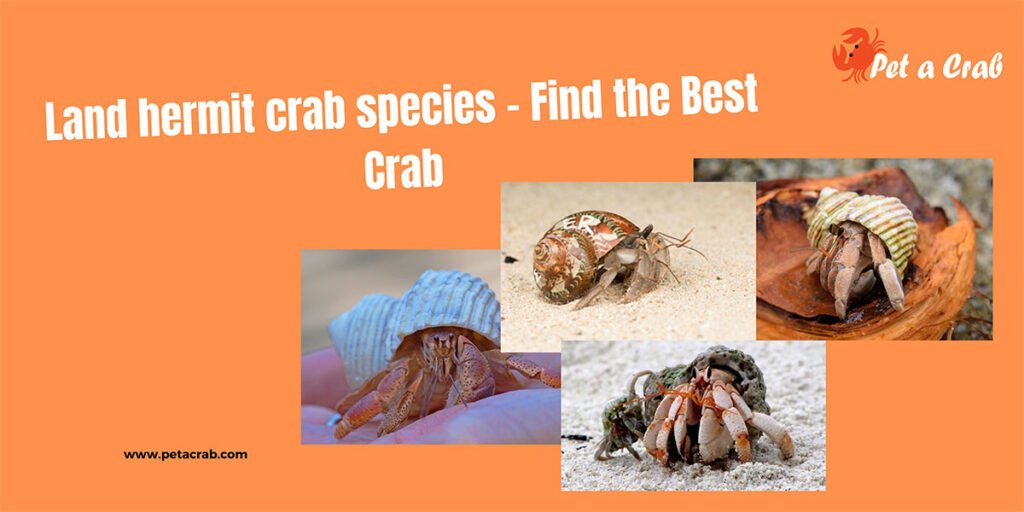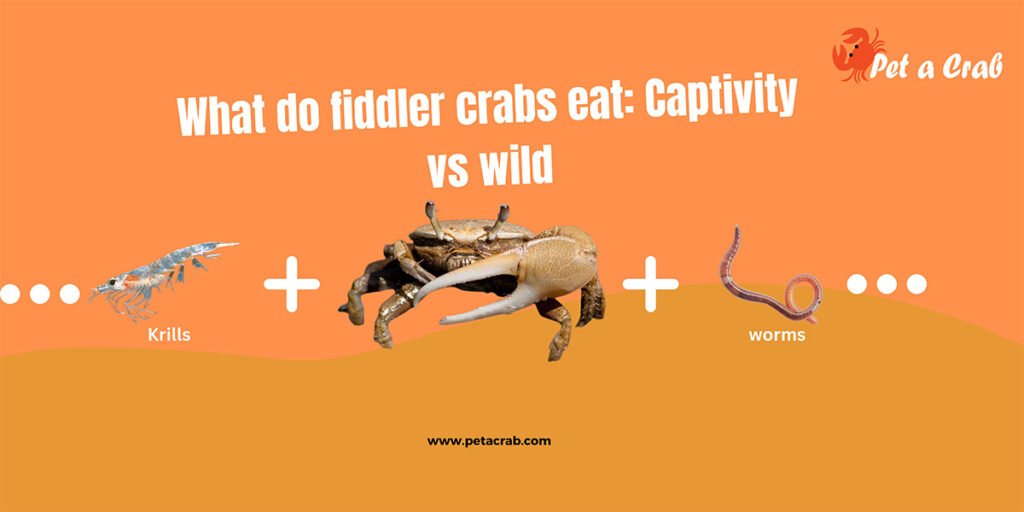If you are passionate about rare and interesting crabs, then you need to know about the candy striped hermit crab. The small, vibrantly colored hermit crab scientifically known as Pylopaguropsis mollymullerae can’t be caught due to its protected status and elusive nature through the aquarium trade. Still, it’s a sight to see for divers into the colorful reefs of Bonaire. We are taking a dive and finding out what there is in store to amaze you about this little crustacean.

Appearance
The Candy Striped Hermit Crab is a bright ocean jewel instantly identifiable by the red-and-white candy cane-like stripes of coloration across its body. It is a very small species, attaining lengths of only 0.9 to 2.4 mm. What makes this hermit crab so distinctive, however, is its greatly oversized scoop-like right pincer. Specially adapted in shape for pushing the crab forward along the bottom, this claw is quite unlike any other in the hermit crab world. It has very long, hair-like antennae, adding to its peculiar appearance, making the animal closely resemble shrimp that are associated with fish-cleaning behaviour.
Habitat and Distribution
This colourful hermit crab inhabits the beautiful coral reefs of Bonaire’s National Marine Park. It is usually found hiding in crevices under rock overhangs at 13.7 meters depth, sometimes sharing dens with the flaming reef lobsters, Enoplometopus antillensis, or broad-banded moray eels, Channomuraena vittata. They are very shy kinds of crabs and like to remain in small enclosures, thus making them hardly available to even skilled divers. In case one gets the opportunity to see them, their bright colors are indeed a treat to watch.
Behavior and Possible Symbiosis
Probably the most interesting aspect of this hermit crab is the fact that it might act as a “cleaner” or “den commensal.” This crab has been observed to crawl on moray eels by divers, apparently feeding on mucus or other particles on the fish’s skin. This would almost certainly point to a symbiotic relationship, much like some shrimp that clean fish by removing parasites or debris. While further research is required to confirm this behaviour, it certainly paints an interesting picture of the potential bond that may form between this tiny hermit crab and much larger marine animals, such as moray eels.
Candy Striped Hermit Crab Care Guide
While this tiny hermit crab isn’t common in the aquarium trade, let’s look at what would be needed if you could keep it in a saltwater tank setup.
Tank Setup
For for candy striped hermit crabs, a well-established saltwater aquarium of at least 5 to 10 gallons is ideal, depending on the number of crabs. Since these crabs are tiny (only about 2-3 mm long), you won’t need a large tank, but it’s crucial to have a stable, healthy marine environment.
Substrate
Use a mix of fine sand and crushed coral as the substrate. This mimics their natural reef environment and allows them to scavenge and burrow comfortably. A substrate depth of about 1-2 inches is sufficient since these crabs are small and prefer hiding in crevices or under rocks.

Water Parameters
Maintaining stable saltwater conditions is key for candy striped hermit crabs’ health. Here are the ideal water parameters:
- Temperature: 25-27 °C (77-80 °F)
- Salinity: 1.023 to 1.025 specific gravity (standard reef salt levels)
- pH: 8.1-8.4
- Ammonia/Nitrite: 0 ppm
- Nitrate: <20 ppm
Perform regular water changes (10-20% weekly) to keep the water quality high. Use a reliable aquarium salt mix for proper mineral balance, avoiding regular table salt as it contains additives harmful to marine life.
Lighting
Set up an aquarium LED light with a natural light cycle of 12 hours day and 12 hours night. Candy striped hermit crabs are often found under rock ledges and may avoid direct light, so provide shaded areas with rocks or coral pieces.
Diet
In the wild, Candy Striped Hermit Crabs likely feed on detritus, small organic particles, and leftover bits of food. In the aquarium, they can be fed a variety of marine foods:
- Algae Wafers: A good source of plant matter.
- Brine Shrimp or Mysis Shrimp: Small, meaty foods provide protein.
- Pellets and Flakes: Offer small, high-quality marine flakes or sinking pellets designed for crustaceans.
Make sure to feed sparingly, as these tiny crabs require very little food and are efficient scavengers.

Tank Mates
Candy Striped Hermit Crabs are peaceful and can be kept with other small, non-aggressive reef creatures. Suitable tank mates include:
- Small Reef Fish: Gobies, blennies, or clownfish.
- Invertebrates: Snails, small shrimp, and other hermit crabs.
- Corals: Soft corals and live rock provide great hiding spots and a natural feel.
Avoid housing them with aggressive fish or large crustaceans that may view them as a snack.
Cleaning and Maintenance
Regular tank maintenance is essential to keep the environment healthy. Since these crabs may contribute to cleaning detritus, they help maintain the tank’s cleanliness, but it’s still crucial to:
- Siphon the Substrate: Prevent debris buildup.
- Monitor Water Parameters: Use test kits to ensure stability.
- Check for Shells: Hermit crabs switch shells as they grow. Provide tiny, empty shells for them to change into if needed.
Final Thoughts
Although not available to the aquarium hobbyist, the Candy Striped Hermit Crab is one of the marvels of the underwater realm and continues to amaze divers and photographers alike in Bonaire. I usually write about crabs, came across this interesting species, and decided to introduce you to its peculiarities. Whether you are an underwater explorer or just enthusiastic about marine biodiversity, this minute crab-just by its bright appearance and possibly acting as a fish cleaner-is a species worth being informed about.
Related articles


